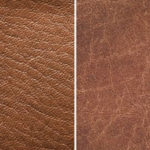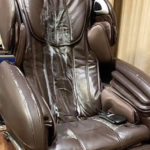Leather is a popular material in the fashion and industrial sectors, known for its durability, beauty, and elegance. However, it can be challenging to determine whether it is genuine or synthetic. Don’t worry; we’re here to help you distinguish between real and fake leather with our super-accurate guide.
1. Understanding Real, Fake, and Synthetic Leather
Real Leather
Real leather, also known as natural leather, is a natural material. Products made from real leather often have labels such as 100% Leather, Real Leather, or Genuine Leather. To produce these items, natural leather undergoes a treatment process called “tanning,” which enhances its durability and prevents decay over time.
Characteristics: Real natural leather is derived from animal hides, which are initially thick. They are then split into two layers, the outer layer, and the inner layer, using a specialized splitting machine.
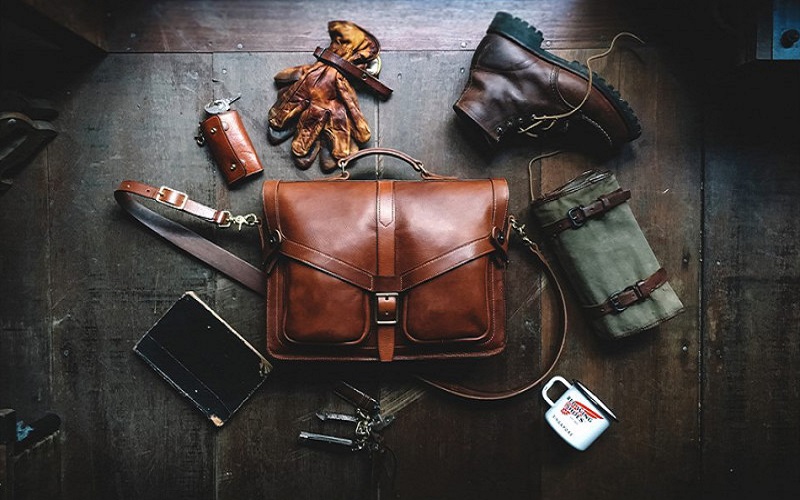 Real Leather
Real Leather
There are three common types of real leather, categorized based on their unique characteristics:
Full-Grain Leather: This is the most natural form of leather as it is not sanded or buffed. The surface is created by the tight connective tissue fibers. Full-grain leather is often used in high-end furniture, shoes, and bags due to its superior quality.
Top-Grain Leather: This type of leather is commonly used in the production of premium goods. Its surface is sanded, buffed, and coated with a finishing layer.
Corrected Grain Leather: This leather is ground and then color-rolled, making it relatively durable and easy to color match.
Advantages: Real leather has a glossy, soft surface that is resistant to peeling. It offers excellent strength, elasticity, heat retention, and durability. It also carries the distinctive scent of natural leather, free from chemicals.
Fake Leather
Fake leather, commonly known as Simili, is a synthetic material designed to imitate real leather. Other names for fake leather include faux leather, pleather, and PU leather.
Characteristics: Simili is typically made from a knitted polyester fabric coated with one or two layers of PVC to create adhesion between the fabric and the plastic. It is then processed to create a grain pattern on the surface and dyed to enhance its appearance and gloss.
Simili is often used in the production of inexpensive goods.
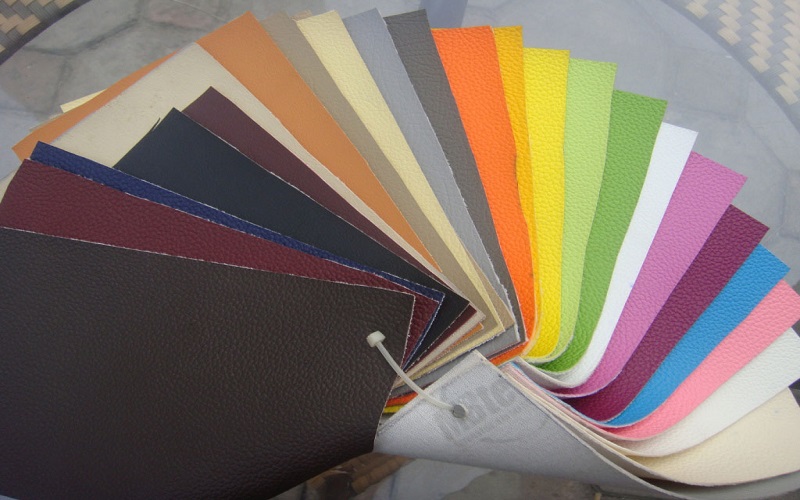 Simili (Fake Leather)
Simili (Fake Leather)
There are two common types of fake leather:
PU Leather: This is a high-quality synthetic material, soft and very similar to real leather.
Simili Leather: This is a cheaper alternative, somewhat stiff, and coated with a layer of Polyester, resulting in a shiny surface. It is often used for producing low-cost goods.
Advantages: Simili is highly water-resistant and easy to clean. It can be crafted into various styles and designs, and its color can be easily changed, unlike natural leather, which is dependent on its original hue.
Synthetic Leather
Synthetic leather is created by combining artificial chemical materials through a polymerization reaction with molecules, PVC, polyurethane, and other PVC-based materials.
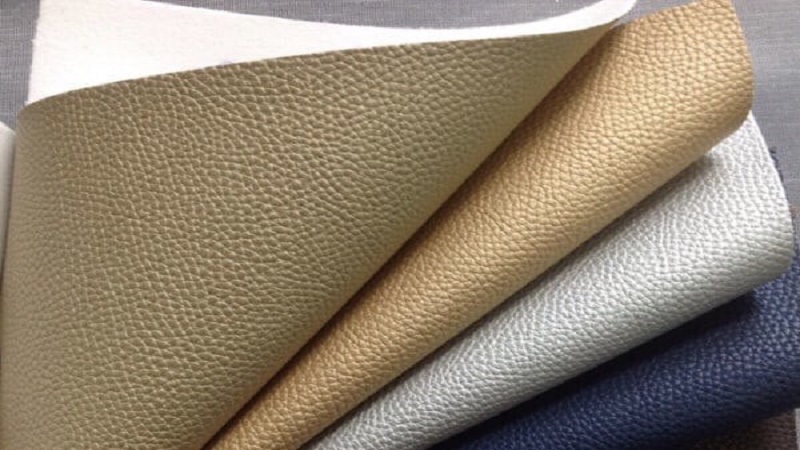 Synthetic Leather
Synthetic Leather
Characteristics: Synthetic leather typically has a fabric or other synthetic material lining on its inner surface. It can absorb heat, but its heat retention capacity is limited to a certain period.
Advantages: Synthetic leather offers a wide range of colors due to its ability to be dyed in various shades. It is highly scratch-resistant, and its coating provides enhanced durability. Additionally, it is much more affordable than real leather, costing only about a quarter of the price.
2. How to Distinguish Real from Fake Leather
Visual Inspection
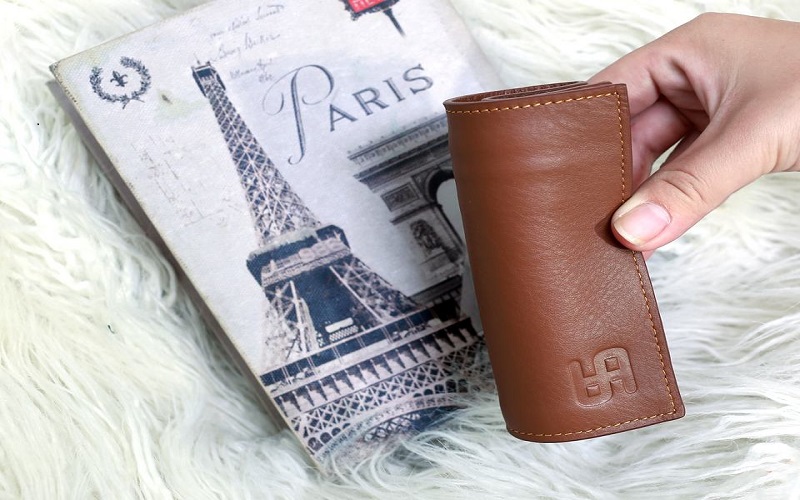 Visual Inspection
Visual Inspection
Examine the surface of real leather, and you’ll notice that the grain patterns are natural, with some bumps and indentations, although they may appear slightly rough. Real leather also has tiny pores that can be seen with a regular magnifying glass. Its surface is free from cracks or fissures, unlike fake leather, which tends to have a smooth, flat, and glossy surface.
Smell the Product
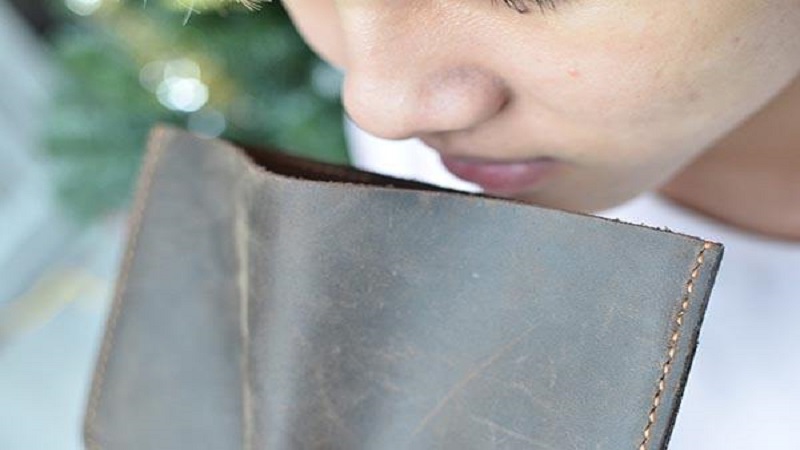 Smell the Product
Smell the Product
Real leather has a distinctive musty and slightly pungent odor associated with animal hides. In contrast, fake leather often emits a chemical or plastic smell.
Apply Heat or Burn Test
 Apply Heat or Burn Test
Apply Heat or Burn Test
When exposed to heat or fire, real leather tends to emit a burnt, acrid smell. On the other hand, fake leather usually forms clumps when burned.
Water Test
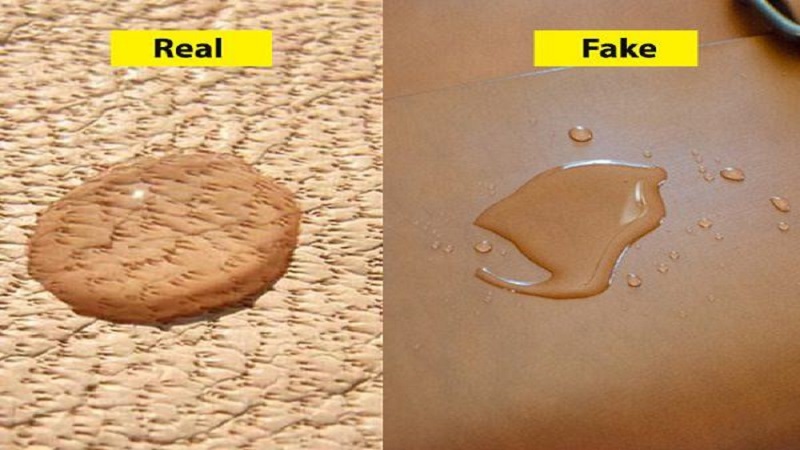 Water Test
Water Test
When a few drops of water are placed on real leather, they will spread and be absorbed after a few minutes. Real leather is moisture-absorbent, whereas fake leather is not, causing water to slide off its surface.
Press the Product
When you press real leather, it usually leaves an indentation around your finger. Fake leather lacks this level of elasticity.
 Press the Product
Press the Product
The best way to accurately determine the quality of leather is to visit a reputable store or the manufacturer directly to examine and test the leather firsthand. In reality, we cannot use the above methods to test products directly.
We hope that this guide has empowered you to make informed choices when selecting leather goods. If you have any additional tips or tricks, please share them with us!
You may also like:
What Material is Best for Covering a Massage Chair? Tips for Investing in a Long-Lasting Leather Chair
Are you looking to maintain your massage chair and extend its lifetime of use? This article will provide you with information about when you should reupholster your massage chair, as well as some helpful tips to keep the upholstery looking great for longer periods of time. Find out all you need to know about caring for and protecting your massage chair’s upholstery!

























